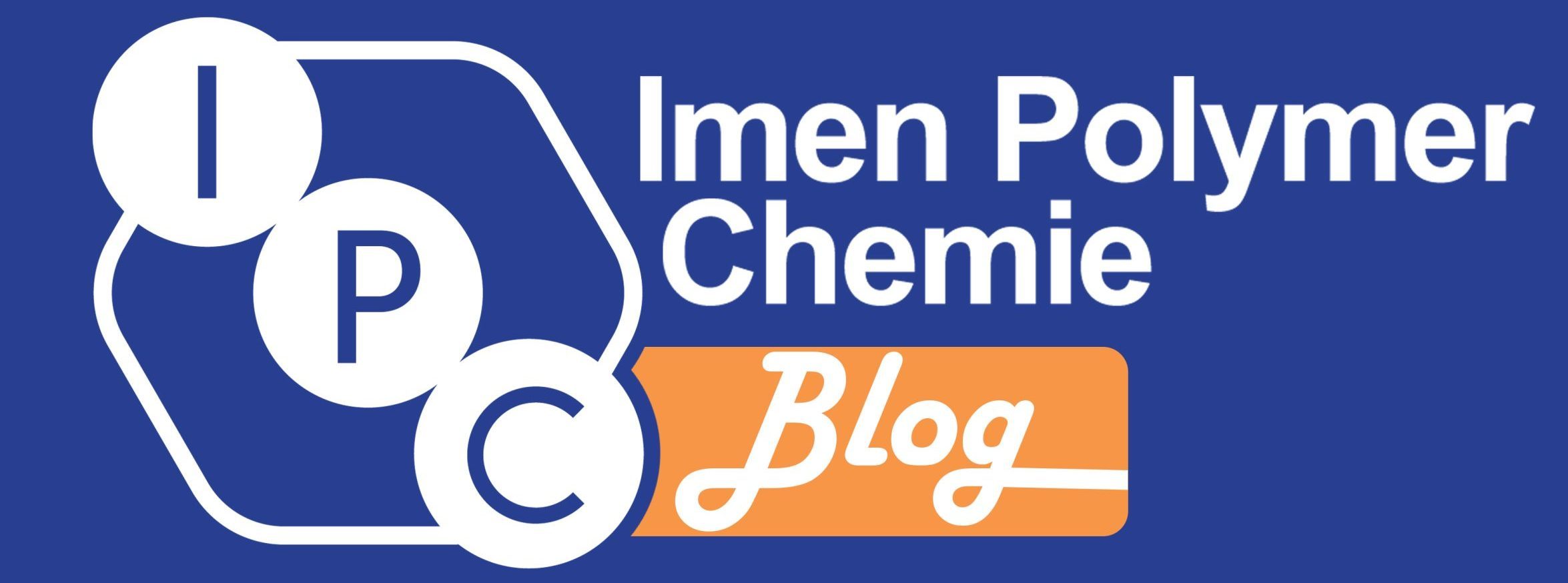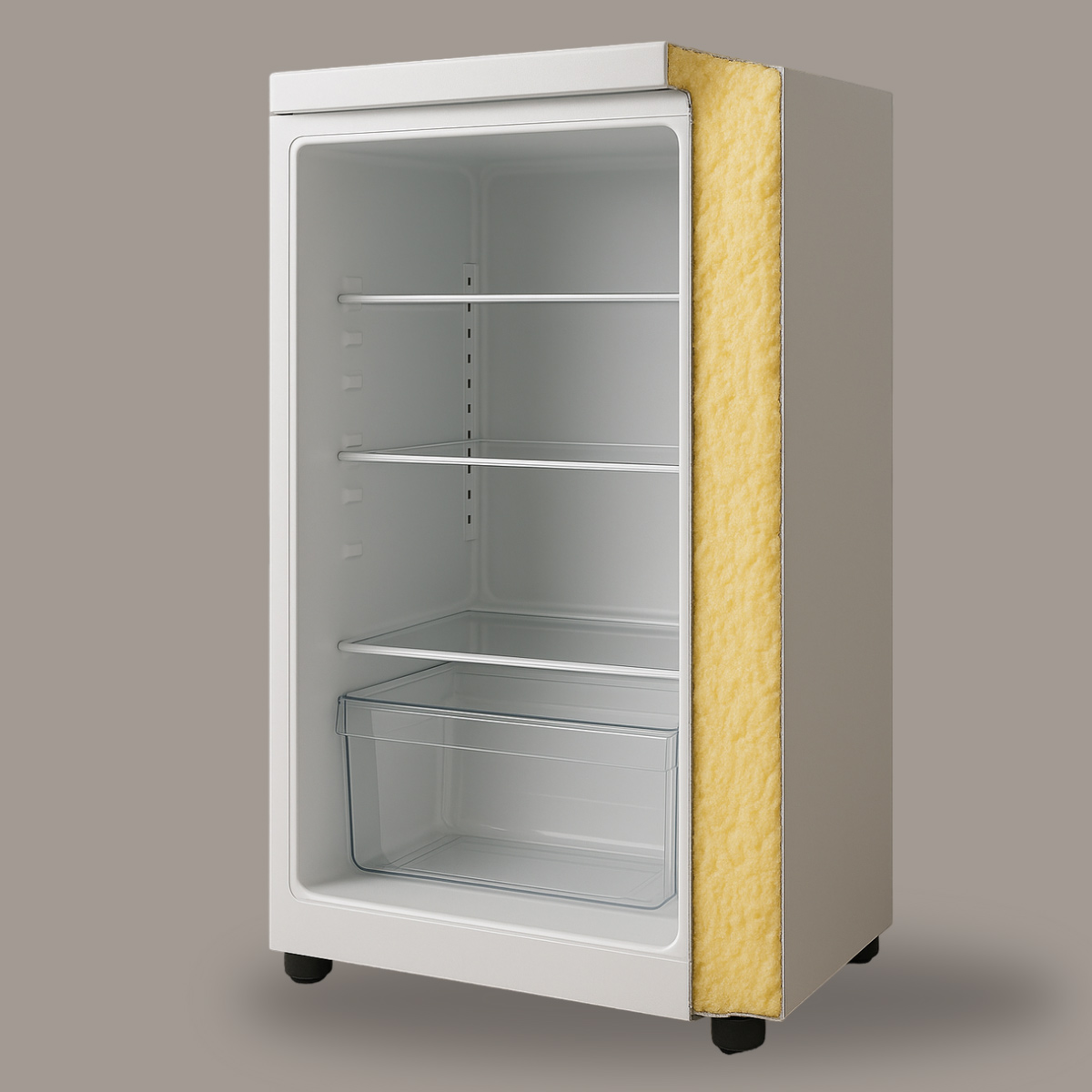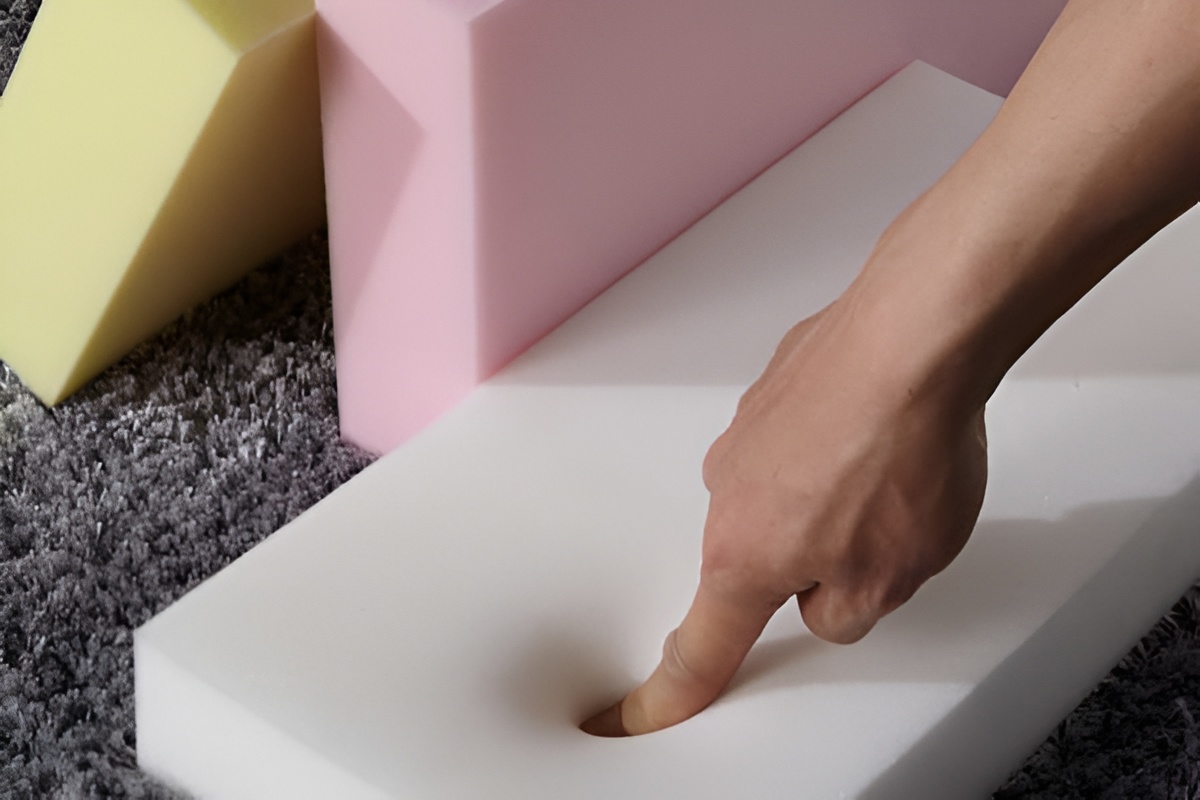Table of contents
What is polyurethane?
First of all, let’s get familiar with the polymer called “polyurethane”. Polyurethane (also known as PU) is a versatile group of polymeric material created through the chemical reaction of isocyanates and polyols. Because of its highly customizable structure, polyurethane materials can offer a wide range of physical and mechanical properties, making them irreplaceable in many industries.What is polyurethane made of?
You might have heard that polyurethane was first developed in 1937 by German chemist Otto Bayer. During World War II, it was used as a substitute for rubber due to shortages. Since that time, polyurethane has developed into a widely used material in many industries because of its unique properties and flexibility in formulation. Its main components include the following:- Isocyanates: One of the primary building blocks in polyurethane synthesis is Isocyanate. The two most common types of this material are Methylene Diphenyl Diisocyanate (MDI) and Toluene Diisocyanate (TDI).
- Polyols: These materials are hydroxyl-containing polymers that are categorized into two main types; polyether polyols and polyester polyols.
- Catalysts: These chemical substances play an important role in accelerating the reaction and balancing side reactions, which enhances the efficiency and quality of the final product.
- Additives: Depending on the final product properties, various additives can be used, such as colorants, fillers, blowing agents (for foam production), flame retardants, antioxidants, plasticizers, curing agents, and stabilizers. In other words, due to the flexibility of polyurethane formulation, these materials can solve a wide range of industrial challenges. Understanding its types and applications helps manufacturers make better decisions and improve their production efficiency.
After sales service
For price inquiries and purchasing liquid polyurethane for polyurethane foam production, please contact Imen Polymer Chemie Company.
Types of polyurethane and their applications
Before buying polyurethane materials, it’s important to understand their different types that are available. Based on the combination of isocyanates, polyols, and additives, polyurethane can be formulated into a variety of forms, each with its own properties and uses. Today, PU is present in nearly everywhere you look and is considered one of the most effective materials in improving human living standards (polyurethane sets the standard for comfort).
Common types of polyurethane include:
1.Foams: These include rigid, flexible, and semi-rigid foams. Rigid foams are widely used for thermal insulation, while flexible foams are found in furniture, mattresses, and automotive seats.
2. Elastomers: They are durable and highly resistant to abrasion and tearing, elastomers are commonly used in industrial parts, automotive suspension systems, wheels, rollers and so on.
3. Coatings: Protective and decorative coatings that enhance surface appearance and durability for construction, automotive, and industrial applications.
4. Adhesives and sealants: Used for bonding and sealing in industries such as automotive, electronics, and construction, where durability and resistance are crucial.
There are some key industries that benefit from polyurethane materials; they are listed below:
- Construction: Thermal and sound insulation, industrial and residential flooring.
- Refrigeration and cooling: Cold storage systems and refrigerator insulation.
- Automotive: Interior components, sound and heat insulation, bumpers and etc.
- Furniture: Flexible foams for cushions and seating, rigid foams for frame structures.
- Bedding: High-quality foams for mattresses and pillows.
- Sports equipment: Shoes, balls, protective gear, and sports flooring.
- Medical: Prosthetics, medical devices, and specialty foams.
- Footwear: Shoe soles and insoles.
- Packaging: Impact-absorbing foams for secure product protection.
- Decorative applications: Molded elements for interior design and architecture.
- Mining and tunneling: High-resistance materials for sealing and reinforcement.
- Oil, gas, and petrochemical: Specialized insulation and protective coatings.
- Toy manufacturing: Safe, durable materials for toys.
- Electronics: Insulating and encapsulating materials for sensitive components.
With such wide-ranging properties, polyurethane continues to be a top polymer in multiple applications. Imen Polymer Chemie is always ready to support your production needs with high-performance polyurethane raw materials and tailored formulations, to ensure optimal results for your business.
Polyurethane foams
Polyurethane foams are a category of cellular, sponge-like materials. They are formed through the curing and processing of liquid polyurethane (liquid raw materials). These foams can come in a variety of densities, cell structures, and properties, making them suitable for a wide range of industrial applications. They are produced through an exothermic reaction, during which blowing agents (gases) help the mixture to expand and create lightweight foam. Surfactants and stabilizers are used to maintain the integrity of the foam’s cell structure. Depending on the polyol, isocyanate, and additives used in their formulation, polyurethane foams can show different characteristics and they are generally categorized into the followings:- Flexible foams: These foams are soft and have a high strength-to-weight ratio, which provide enhanced comfort. Common applications of flexible foams are pillows and mattresses, shoe insoles, automotive seating, home and office furniture, and protective packaging.
- Rigid foams: These foams are known for their rigidity and excellent resistance to environmental conditions, they are mainly used as thermal insulators in sandwich panels, refrigerators and freezers, spray foam insulation for buildings, and decorative wood alternatives such as moldings, picture frames, furniture frames, and etc.
- Semi-rigid foams: These foams combine the characteristics of both flexible and rigid foams, they are used in automotive bumpers, packaging foams, and playground flooring.
- Open-cell foams: These foams are breathable, soft, and flexible, typically used in furniture, mattresses, and pillows.
- Closed-cell foams: These foams have excellent thermal insulation, are moisture-resistant, and are commonly used in building insulation, refrigerators, cold storage units, and pipe insulation.
Polyurethane elastomers
Polyurethane elastomers are a type of polyurethane, that have long polymer chains and cross-linked structures. They are mainly used in various industries, including industrial and medical, because of their excellent elasticity, abrasion and tear resistance, and superior physical, mechanical, and chemical properties. These materials are in the category of elastic polymers, often called rubbers. Their long chains respond well to stress and easily return to their original shape without tearing or breaking. Their properties can be further enhanced with reinforcements with additives such as glass fibers, minerals, or carbon-based materials, which are added to the liquid polymer to strengthen the final product. Moreover, polyurethane elastomers are non-toxic, and safe to handle. Like other polymers, polyurethane elastomers come in two main types including:- Thermoplastic polyurethane elastomers (TPU): These materials can be melted and shaped again, and are used in films, sheets, and tubing.
- Thermoset polyurethane elastomers (PU): Unlike thermoplastic materials, these materials cannot be melted again (due to their permanent cross-linked structure). They are used in molded parts, gaskets, and seals.









